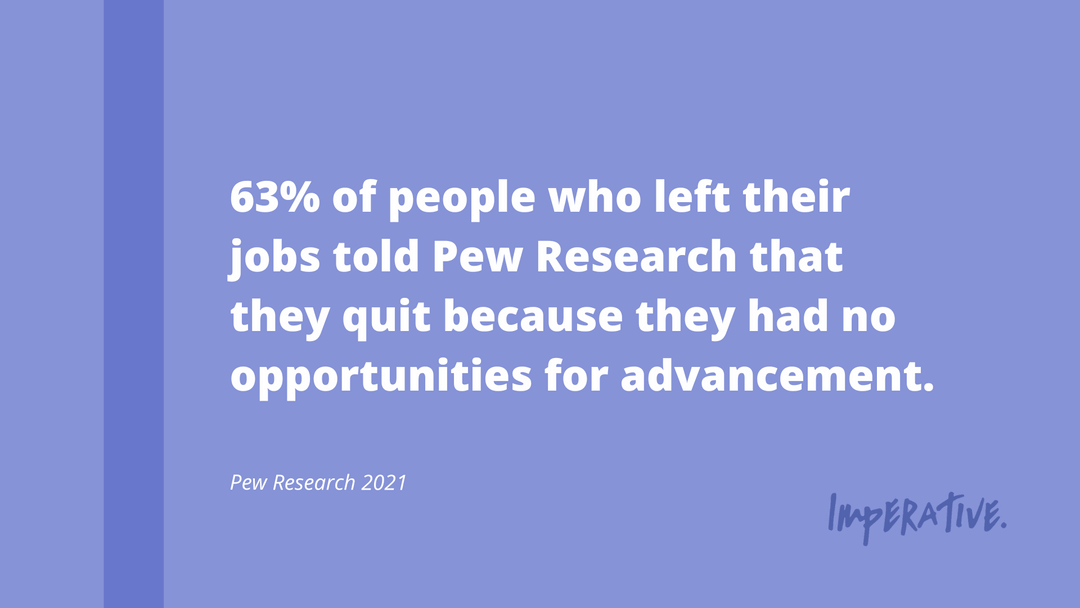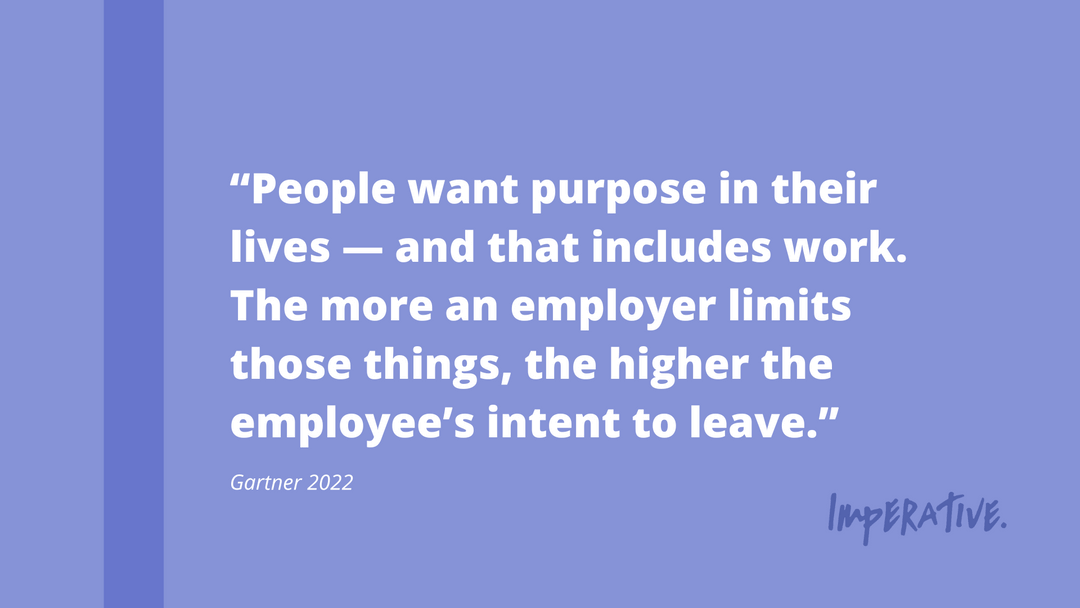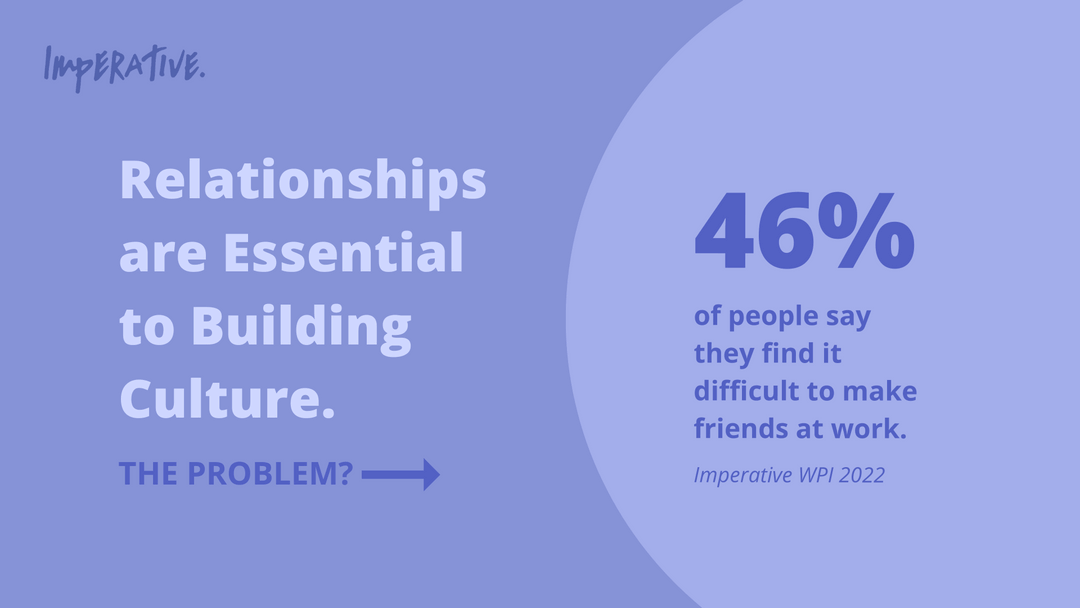Effective Employee Retention Strategies 2023
Reducing employee turnover is necessary during a boom and a recession—especially amid layoffs. Here are the keys to retaining top talent now.
What This Article Covers:
Why Is Employee Retention So Crucial In An Economic Downturn?
The most important asset any organization has is its workforce. A company invests in its employees and develops their skills. When employees leave, all those investments disappear.
There’s a common misconception that when a recession sets in, businesses no longer need to worry about employee turnover, since team members will want to hold on tight to their jobs. In fact, this is a short-sighted mistake that costs organizations more in the long run. As two Harvard Business School professors explain, “Layoffs are so embedded in business as a short-term solution for lowering costs that managers ignore the fact that they create more problems than they solve.”
For many executives, the pandemic served as a wake-up call about the dangers of mass layoffs during a recession. Once the recovery set in, trying to hire and retain great candidates became extremely difficult and expensive. Now, businesses are often wary of letting people go even during tough times. They’ve realized they will do better in the future by holding onto employees amid a downturn, the Los Angeles Times reports.
Even if an organization determines that some layoffs are necessary, they still need to hold onto their best performers — and that can become even tougher. Research shows that when layoffs begin, many employees quit voluntarily. “Employees are less inclined to stay through rough patches or even through good times if they feel low levels of job security,” according to the Adecco Group.
To keep employee retention levels high in 2023, leaders must go beyond fair pay & competitive benefits, and invest in the components of employee experience that matter most to employees. Here are the key employee retention strategies and initiatives that are proven to work.
#1: Ensure Opportunities for Employee Professional Development
For years, organizations have been told that development opportunities are one of the most important features in attracting great talent. Now, survey data makes clear that ensuring these opportunities is one of the most crucial steps any business can take in retaining employees. Sixty-three percent of people who left their jobs told Pew Research that they quit because they had no opportunities for advancement, with 33% calling this a “major” reason.
It’s important for managers to discuss career opportunities with their team members, so employees know how they can move up the corporate ladder. Talk about pathways they may want to consider, including lateral moves to broaden their experience. Meanwhile, Gallup reports that when organizations make a “strategic investment in employee development,” they have “11% greater profitability and are twice as likely to retain their employees.”
This includes making sure employees are given the time and resources to develop and sharpen their skills. Employees know that reskilling and upskilling are necessary in order to build lasting careers. A study commissioned by Amazon found that “74% of Millennial and Gen Z employees are likely to quit within the next year due to a lack of skills development opportunities.”
In this era, the skills businesses often value the most are known as “soft skills” or “power skills.” They include communication, leadership, teamwork, and interpersonal skills such as empathy. Imperative is designed to empower employees to learn these skills through meaningful conversations. (See a case study here.)

#2: Discourage Overwork to Prevent Burnout
Americans are notoriously bad about overworking. Collectively, U.S. workers leave hundreds of millions of paid vacation days unused each year. They also put in especially long hours doing hard work. So it’s little wonder that burnout is eternally a problem. But it’s getting worse, and reaching all-time highs. More than seven-in-ten employees say they feel overworked at least once a week; nearly half (48%) feel this way several times a week.
Employees who say they often or always experience burnout are 2.6 times as likely to look for a new job. And HR Dive reports that people are not only leaving their jobs due to burnout, they’re leaving the workforce altogether.
Fighting burnout is especially important for employee retention during a time of layoffs. When you’ve got lower staff, the people who remain suddenly find themselves taking on even more work, becoming burnt out themselves.
To boost employee retention, implement programs that encourage your team members to manage their work time well. Have them turn off access to work emails on their phones after hours, so they avoid any temptation to look. Monitor their workloads to make sure they’re not overburdened. You may also want to hold walking meetings, which can help people recharge.
These kinds of steps help people achieve a more healthy work-life balance, which is a major force in boosting employee morale.
#3: Support Employees in Connecting with Their Purpose
More than ever, people want a strong sense of purpose in their work. As Gartner puts it, “People want purpose in their lives — and that includes work. The more an employer limits those things, the higher the employee’s intent to leave.”
Imperative co-founder Aaron Hurst has spent years studying purpose, and is author of The Purpose Economy. As he reported in MIT Sloan Management Review, a global study found that “for people leaving or looking to leave their jobs, the biggest driving force involves values — and within that category, the top reason is that they want more personal fulfillment from work.” Connecting people’s work to a sense of purpose delivers that fulfillment.
What is “purpose” in the context of work? It is what drives each individual to achieve, perform and succeed. People have unique ways that they are wired to feel fulfilled based on whom they impact; why they work, and how they lead. The more they connect their work to their purpose, the higher their job satisfaction.
As the Workforce Purpose Index explains, Imperative helps people discover their purpose and connect it to their work. The platform includes unique purpose profiling technology and purpose-powered matching algorithms in establishing peer partnerships.
A customer study of nearly 2,000 people found what a powerful tool Imperative is for retaining employees. Those who participated in Imperative had a 35% lower attrition rate than their peers. And if they engaged in at least six sessions per year, turnover dropped by 71%.

#4: Nurture Positive Culture and Relationships
When you build a sense of purpose, you’re also building something employees crave: a positive corporate culture. Human Resources executives and researchers agree that purpose is, “fundamental to a culture that retains top talent,” the Harvard Business Review reported.
A collaborative report by Chief Executives for Corporate Purpose, Imperative and PricewaterhouseCoopers found that relationships are essential for building culture. These relationships don’t simply grow on their own. In Imperative’s survey, 46% of people said they find it difficult to make friends at work.
Your business can help employees engage in team building and strengthen one-on-one relationships through a series of initiatives such as rotational opportunities to different units; innovation labs; stretch assignments; reverse mentorship, and peer relationships, which fosters deep conversations. Imperative’s platform uses predictive organization network analytics to create connections among employees that are proven to drive positive changes in the organization’s culture.
It’s also up to leaders to build a positive culture by demonstrating the behaviors they want to take root across their workforce, setting the tone for how all employees are expected to behave.
Building a culture of respect and inclusion is especially crucial in ensuring that the workplace is fair and welcoming to everyone, regardless of race, gender, and other differences. LinkedIn’s Global Talent Trends report found that 26% of job seekers say diversity and inclusion is a top area companies should invest in to improve their culture.

#5: Create and Maintain an Effective Onboarding Process
When focusing on how to retain existing employees, why think about how you’re onboarding new hires? Because the process of retaining employees begins on day one. “The most effective organizations onboard new hires for the duration of their first year — their most vulnerable period,” a column in The Harvard Business Review explains. A survey finds that nearly a third of employees quit their jobs within the first 90 days. One-in-five leaves in half that time.
At Imperative, we have found that a 4-step process helps a great deal. We start off hires with a full schedule for two weeks, packed with learning and social experiences to get to know employees. Our leadership holds one-on-one conversations with them to do a deep dive into our values. We set realistic goals for their first 90 days, to set them up for a feeling of success. And we get them going with peer matches on the Imperative platform, getting to know coworkers in a deeper, more engaging way. As a result, our employees stick around past that initial phase, and quickly feel like valued parts of the team.
#6: Listen and Respond to Employee Feedback
While all of the steps listed so far are important for tackling the employee retention challenge, ultimately each employee is a unique individual. What each person needs in order to stay with the company will be different. To find out, make sure that lines of communication are open. A study found that when organizations listen to and act on employee feedback, they are 11 times more likely to have high rates of retention.
Checking in with employees frequently is key. As an Oracle study explains, “Employers that use continual listening to drive decision-making are making a key investment in employee experience by putting the power in the hands of employees to determine what fulfillment at work can mean for them.” If an organization only asks someone what’s troubling them when they’re ready to leave, it’s often too late. That said, it’s still important to find out all you can from departing employees through exit interviews as well as posts on Glassdoor and LinkedIn. Use this information to help prevent other employees from facing the same problems.
Company-wide engagement surveys can also be a very useful tool in determining how connected employees feel to their organization and which elements are working or not working. These surveys give employees the safety of anonymity, which makes some more comfortable opening up. Use this information to tweak your efforts, showing staff that the business takes their ideas and concerns seriously.
Retaining employees requires so many steps that it can seem like a full time job. The good news is that these responsibilities can be spread out across the organization. And the more your employees engage in building relationships on Imperative, the more they help each other want to stay.
Through building the right culture and practices, your organization can beat the odds and hold onto top performers for years to come.

Written By Aaron Hurst
Aaron Hurst is a foremost expert on purpose at work, author of Purpose Economy & founder of Imperative. In 2014, he brought global awareness to the rise of the fourth economic era in history, the Purpose Economy. Previously, as the founder of the Taproot Foundation, Aaron catalyzed the $15 billion pro bono service market. He has written for or been featured in The New York Times, The Wall Street Journal, World Economic Forum, Fast Company, MIT Sloan Management Review & was named a LinkedIn Influencer.
